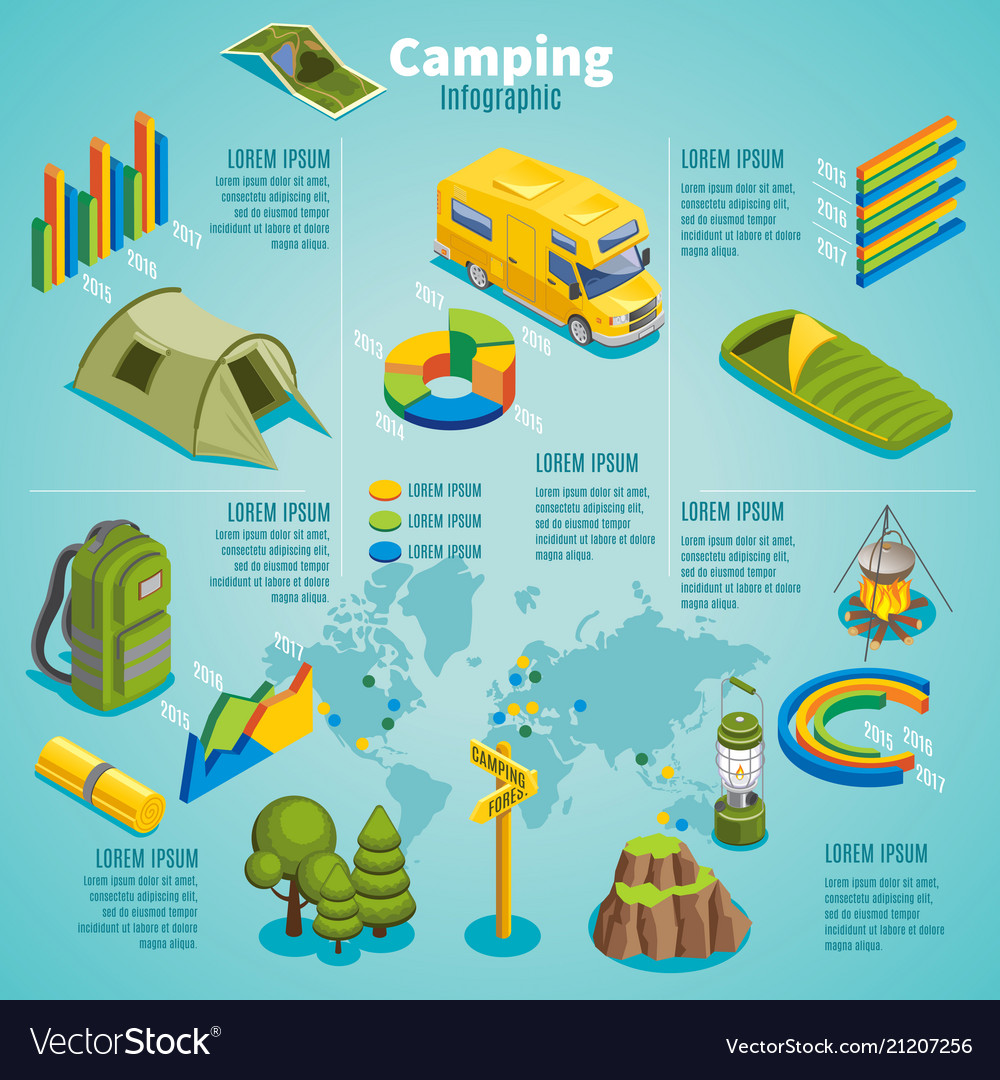Click For Delivery Selling Camping Tents Online
Click For Delivery Selling Camping Tents Online
Blog Article
Does Your Backpacking Outdoor Tents Need a Footprint?
A footprint is expensive and adds extra weight to your backpack. It also isn't particularly resilient.
What temp is too cold to sleep in?
Ultimately, whether or not a camping tent footprint is required depends upon where and exactly how typically you're camping. Generally, it's a good idea to use one if you camp on abrasive surface areas or in damp problems.
Tents with Lower Deniers and Waterproof Ratings
Tents with lower deniers and water-proof scores tend to be lighter, but they can additionally be a lot more breakable. They might need more frequent repairs and have much less indoor space than tougher versions. If you're an informal backpacker that likes to travel fast and light, this might be great; nonetheless, even more knowledgeable walkers understand that compromising resilience can come with big repercussions down the path.
The denier and water resistant rating of a tent's cover, rainfly, and flooring can assist you identify its livability. Seek higher-denier materials on the canopy and rainfly, as well as taped joints that assist avoid water from permeating with stitches. Some producers even make use of warm and sealant during building and construction to produce a more powerful seam; these are called welded joints.
The livability of an outdoor tents can likewise be identified by its flooring dimensions and capacity. An outdoor tents's flooring ought to be slightly smaller sized than the footprint to prevent water from merging under the shelter.
Camping Tents in Rough Surface
Many backpacking outdoors tents include an impact developed specifically for their version, which assists guarantee a proper fit and shields the tent's base from dampness and sharp items. Other suppliers offer universal impacts that can be cut or folded up to match an outdoor tents's dimensions.
The sort of surface you'll experience is another crucial consideration for picking an outdoor tents. For large canvas tent example, if you'll be camping in a canyon or gully, look for a sanctuary that can deal with solid winds. These conditions create disturbance that can make the difference in between enjoying your camping area or suffering pain.
The capacity and optimal height of an outdoor tents provide you a good concept of its livability, yet extra variables to think about consist of vestibules (the section of the rainfly covering the doors) and total storage space. As an example, during our winter months testing of the Marmot Tungsten, its charitable 93-by-82-inch floor conveniently handled four perspiring backpackers and their puffier shoulder period resting bags while still leaving ample space for gear and people.
Outdoors Tents in Damp Conditions
Even if your outdoor tents appears completely dry, wetness prowls in the nooks and crannies. With time, it can deteriorate the textile. That's why it's so important to make use of rest days to deep-clean your tent and its parts, such as zipper linings, risk loopholes and adjustable webbing bands.
Also, make certain to pitch your outdoor tents in a flat area, not a divot or concave place, so that ground water does not accumulate between the camping tent flooring and footprint or tarp. And if you're making use of a footprint, think about a custom-cut one made for your tent's floor plan. It will not accumulate rain the way a common ground cloth or tarpaulin can.
Practice setting up and removing your tent in your home prior to you hit the trail, to get a feel for exactly how promptly and efficiently you can do it. Likewise, technique surveying your tent in various surfaces to see how simple it is (or isn't) to do in bad weather.
Outdoors Tents in High-Rise Situations
Tents vary in flooring size and livability. For instance, a huge tent with dual doors and vestibules like Marmot's Tungsten can manage 4 backpackers without calling for gymnastics to get in and out or to store equipment.
The minimal trail weight spec is the most effective specification to compare designs, as it consists of the bare basics: tent body, rainfly and poles. However remember that the specification omits outdoor tents stakes, man lines and things sacks.
The majority of backpacking outdoors tents can hold up to a light summertime tornado, yet some can be swept away by gale-force gusts. Look for a design with solid posts, an elevated bathtub-style floor and seam taping to reduce the chance of water seeping with. More expensive layouts likewise often tend to include stronger materials that can resist the impact of debris and various other pressures.
How do you go camping at glamping?
